Beauty rituals have been part of human culture for centuries, with many practices rooted in ancient traditions. Surprisingly, some of these time-honored techniques are making a comeback in today’s beauty routines. These historical beauty rituals are finding new life in modern practices, blending the wisdom of the past with contemporary innovations.
Cleopatra’s Milk Baths
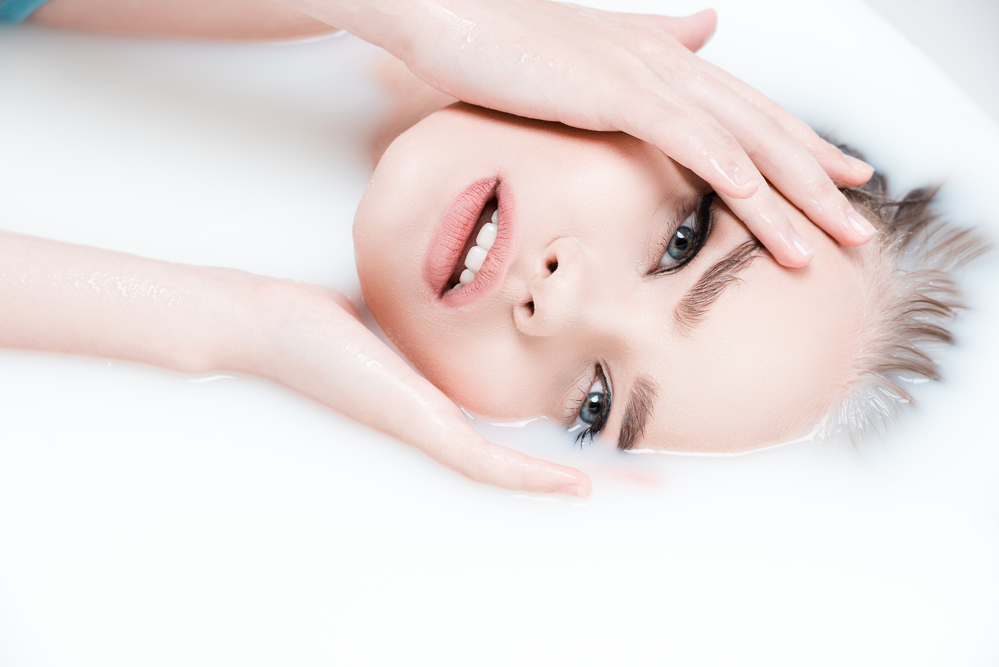
Cleopatra, the last Pharaoh of Ancient Egypt, was famous for her beauty and reportedly took milk baths to keep her skin soft and radiant. The lactic acid in milk gently exfoliates the skin, leaving it smooth and glowing. Today, milk-based skincare products and bath soaks are popular for their natural exfoliating and moisturizing properties. This ancient beauty secret continues to inspire modern self-care rituals.
Ancient Greek Olive Oil Treatments
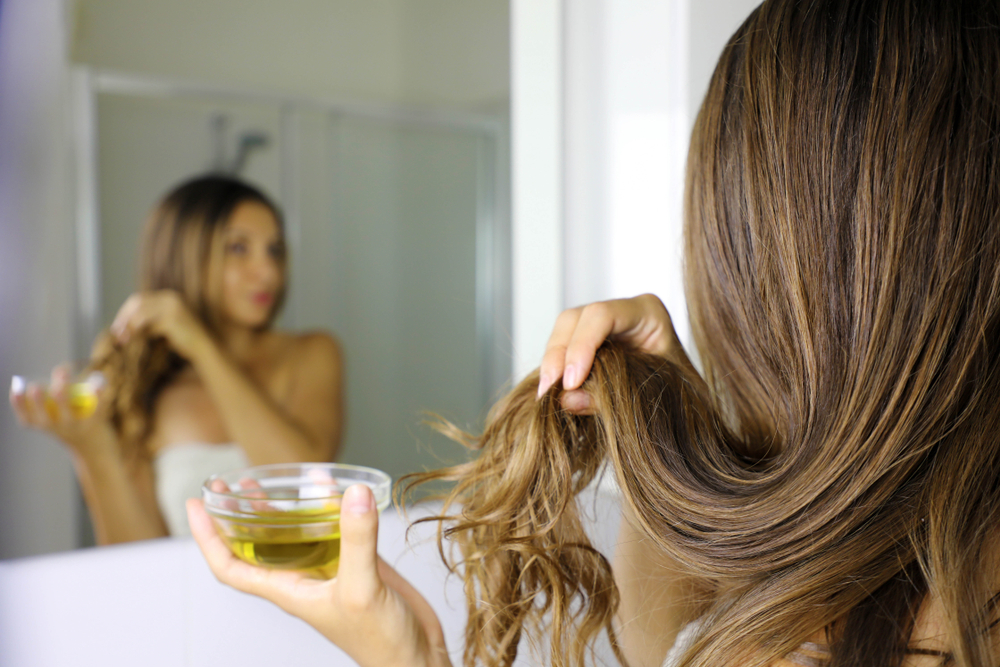
The Ancient Greeks, as far back as 500 BC, revered olive oil for its nourishing and healing properties. They used it as a moisturizer, hair conditioner, and even in their baths to keep their skin supple. Olive oil remains a staple in modern beauty routines, often found in skincare products, hair treatments, and DIY masks, due to its rich antioxidants and hydrating benefits.
Roman Baths and Steaming
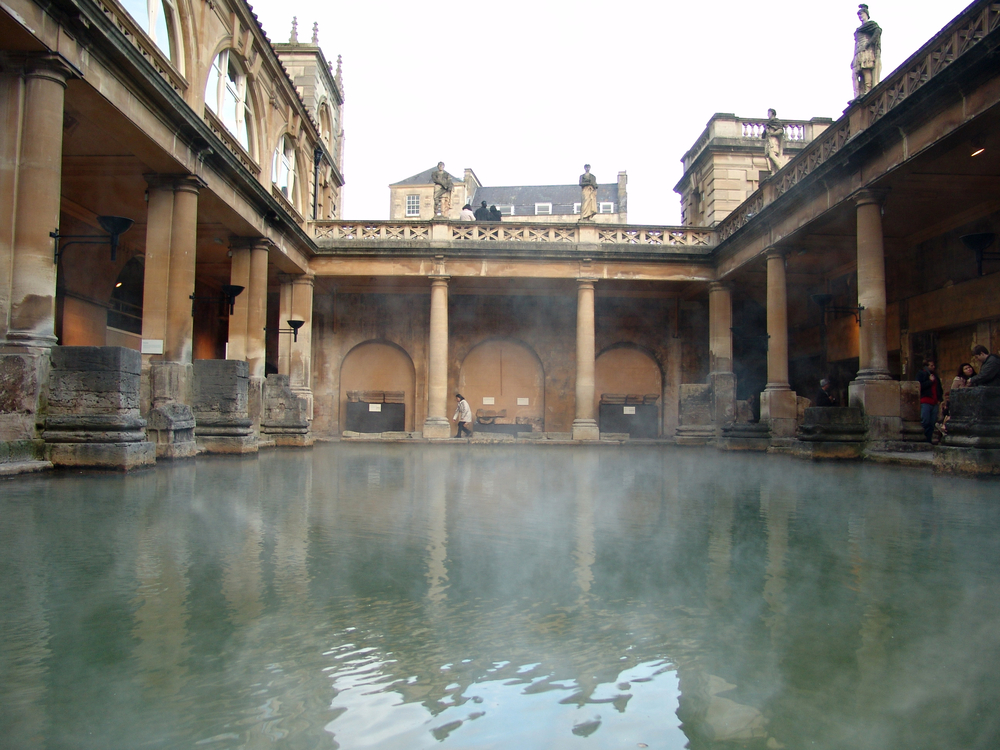
Roman baths were not just places for cleanliness but also for relaxation and socializing around 27 BC. Romans believed in the therapeutic benefits of steam and hot water to cleanse the skin and body. Modern-day facials often include steam treatments to open pores and promote deep cleansing, echoing the luxurious baths of ancient Rome.
Chinese Jade Rollers
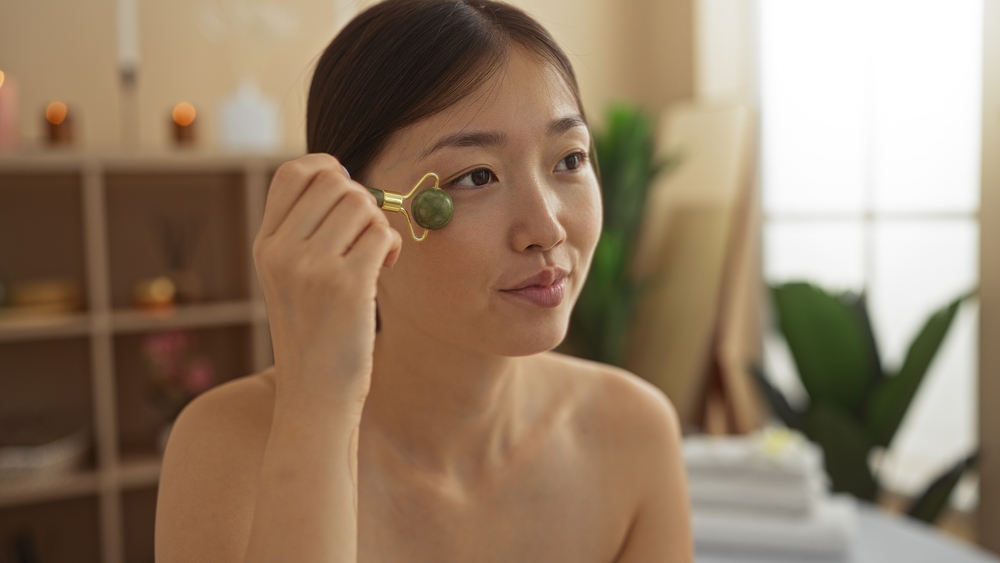
In ancient China, jade rollers were used as far back as the 7th century to improve circulation and maintain youthful skin. These smooth stones were believed to have healing properties, reducing puffiness and fine lines. Jade rollers have made a resurgence in recent years, becoming a popular tool in modern skincare for their cooling effect and ability to enhance facial massage routines.
Indian Turmeric Masks
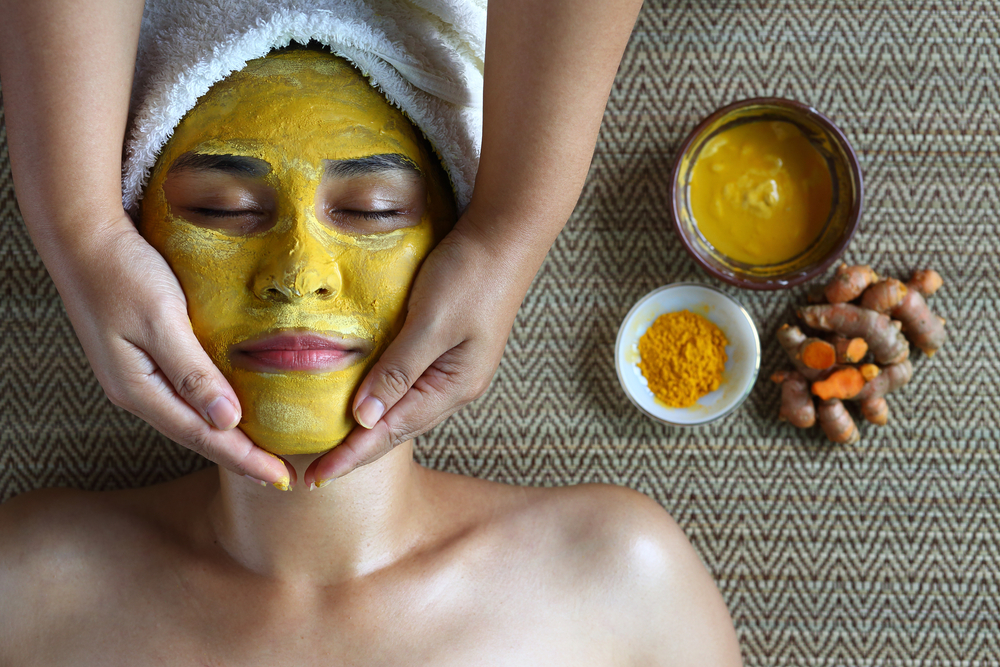
Turmeric has been used in India for over 4,000 years, especially in Ayurvedic beauty rituals. Turmeric masks were applied to brighten the skin, reduce inflammation, and treat acne. This vibrant yellow spice is still celebrated today for its anti-inflammatory and antioxidant properties, commonly found in face masks and serums that aim to even skin tone and combat blemishes.
Japanese Rice Water
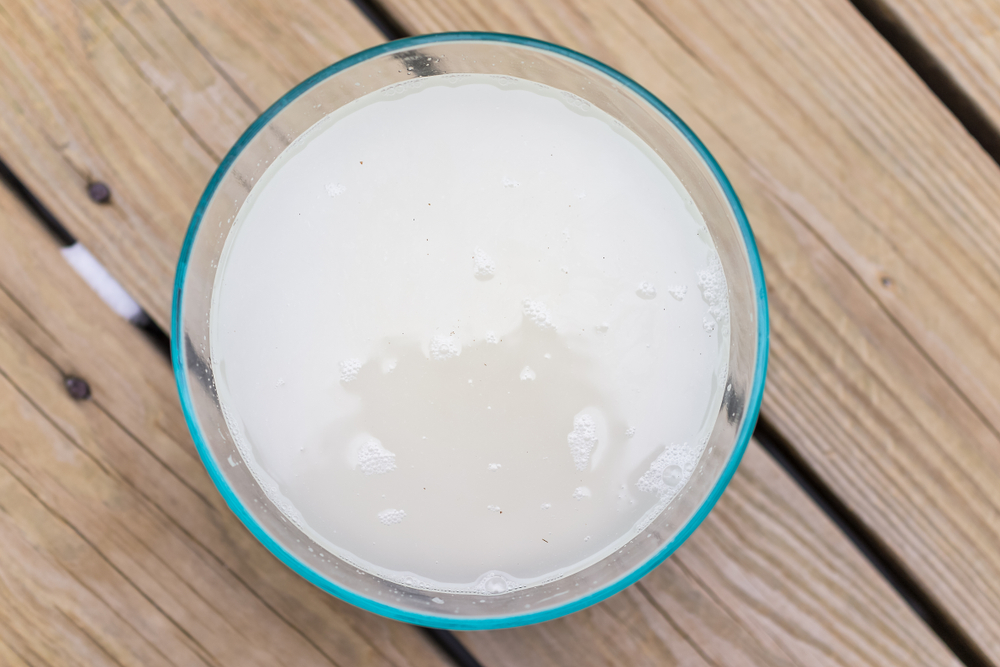
Japanese women from the Heian period (794-1185 AD) were known for their long, glossy hair, often credited to rice water rinses. The nutrients in rice water, such as vitamins and minerals, promote hair growth and strengthen strands. Today, rice water has become a trendy ingredient in hair care products, with many people using it as a natural rinse for healthier, shinier hair.
Moroccan Argan Oil
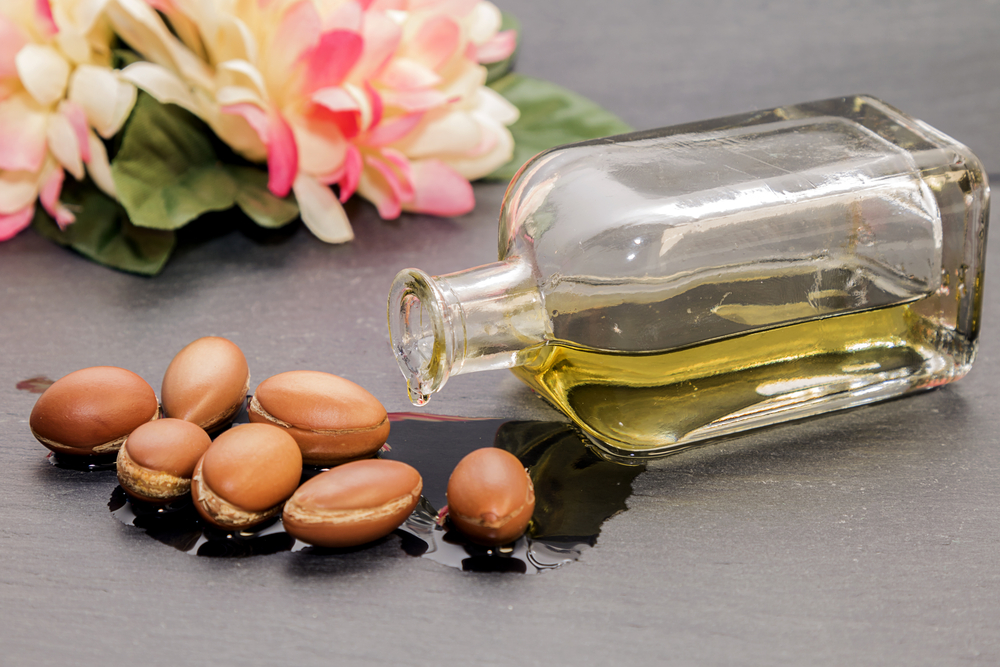
Moroccan women have used argan oil for centuries, particularly in the Berber communities. This “liquid gold” was traditionally applied to the skin and hair for hydration and protection from the harsh desert environment. Argan oil is now a beloved ingredient in modern beauty, known for its ability to nourish dry skin and tame frizzy hair, making it a go-to in countless beauty products.
French Perfumed Waters
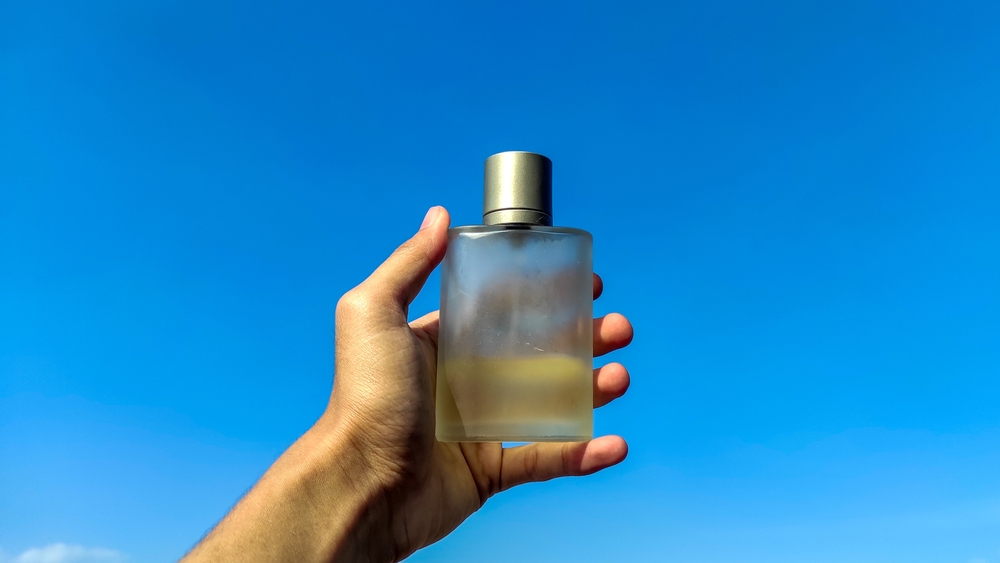
During the 18th century, French aristocrats were known for their elaborate beauty routines, which included using perfumed waters or “eaux de toilette.” These scented waters were used to refresh the skin and mask odors. Today, facial mists infused with floral waters or essential oils serve a similar purpose, providing hydration and a light fragrance throughout the day.
Egyptian Kohl Eyeliner
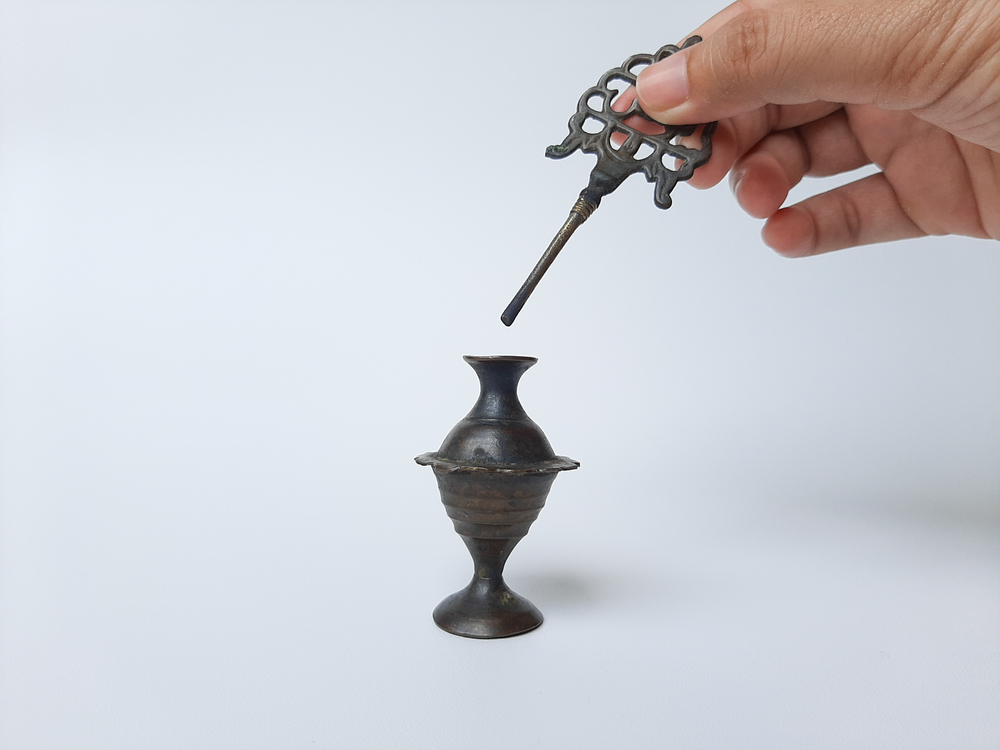
Kohl eyeliner, used by both men and women in ancient Egypt as far back as 3100 BC, was applied around the eyes to create a bold, defined look. It was also believed to protect the eyes from the harsh sun and ward off evil spirits. The use of eyeliner remains a beauty staple today, with kohl-inspired formulas offering intense color payoff and staying power.
Scandinavian Ice Facials
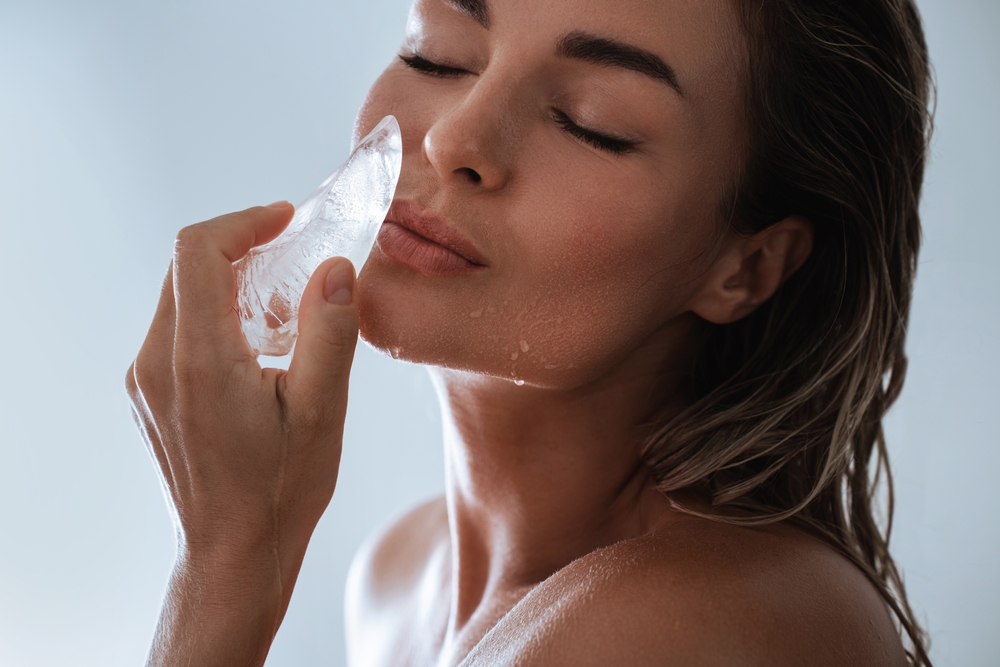
Scandinavian women have long embraced the benefits of cold water and ice for skin rejuvenation. Ice facials, a practice dating back to early Scandinavian traditions, help tighten pores and reduce puffiness. This age-old technique has found its way into modern beauty, with ice rollers and cold therapy treatments becoming popular for their refreshing and firming effects.
Greek Honey Masks
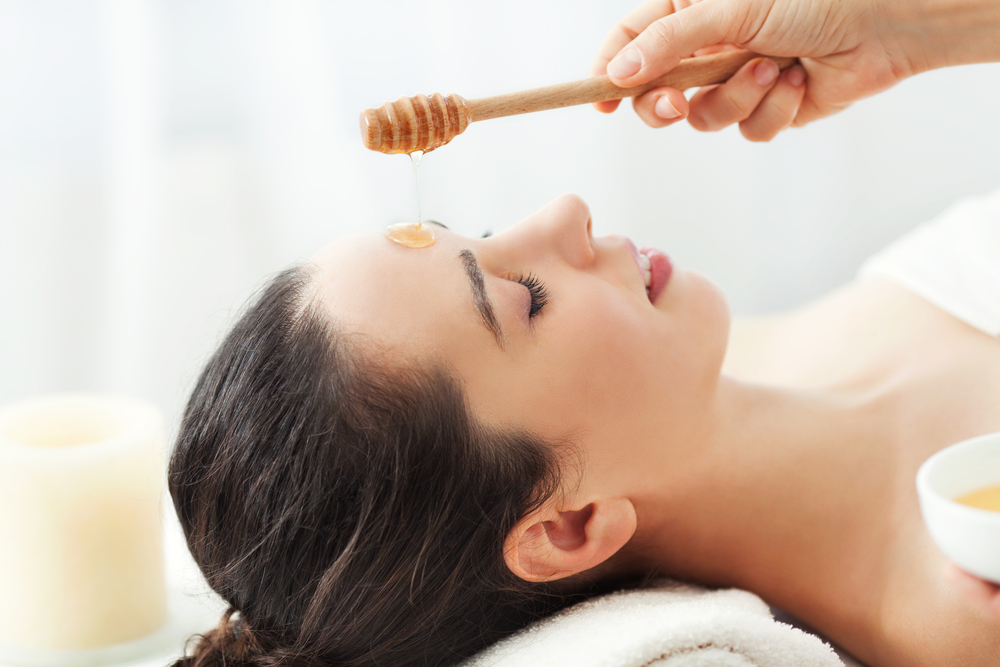
Honey was a prized beauty ingredient in ancient Greece, often used in face masks to hydrate and nourish the skin. Greek women valued honey for its natural antibacterial properties and ability to soothe the skin. Today, honey is still a popular component in skincare, especially in masks and cleansers designed to moisturize and treat blemishes.
Ayurvedic Oil Pulling
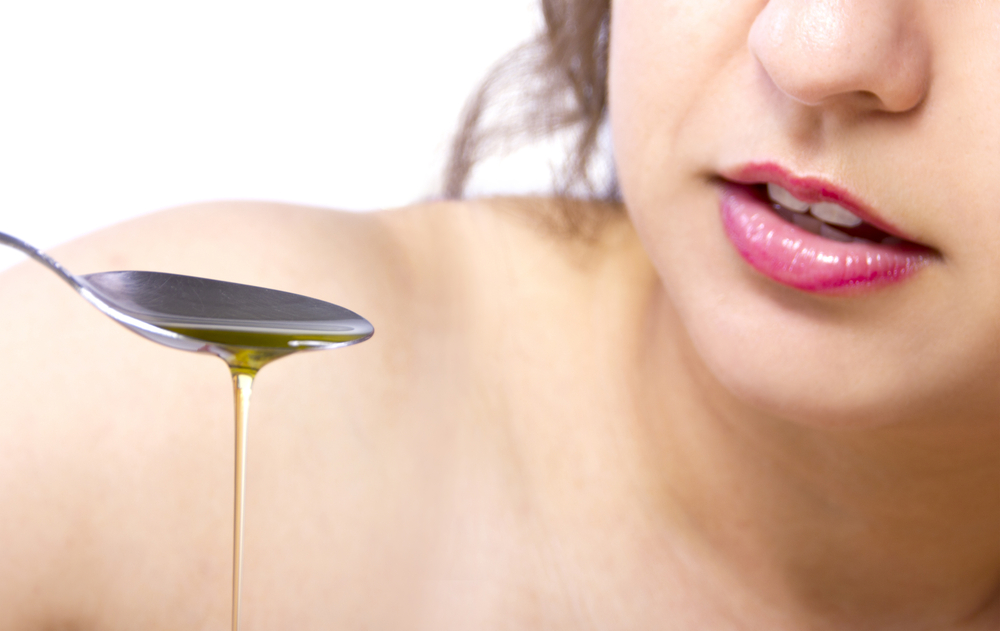
Oil pulling is an ancient Ayurvedic practice that dates back over 3,000 years. It involves swishing oil, usually sesame or coconut, in the mouth to detoxify and improve oral health. This ritual has experienced a resurgence in recent years, with people incorporating oil pulling into their oral hygiene routines for its purported benefits in reducing bacteria and whitening teeth.
African Shea Butter
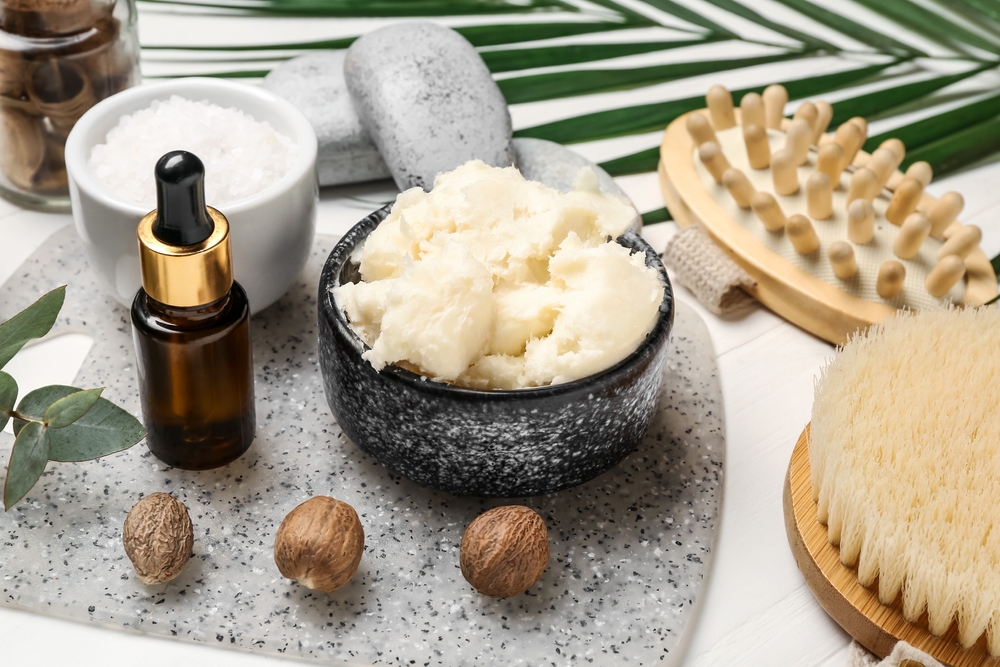
Shea butter has been used for centuries by African women, particularly in West Africa, to moisturize and protect their skin and hair. This rich butter, derived from the nuts of the shea tree, is known for its deep hydrating properties. Shea butter is now widely used in modern skincare and haircare products, valued for its ability to soothe dry skin and improve elasticity.
Persian Rose Water
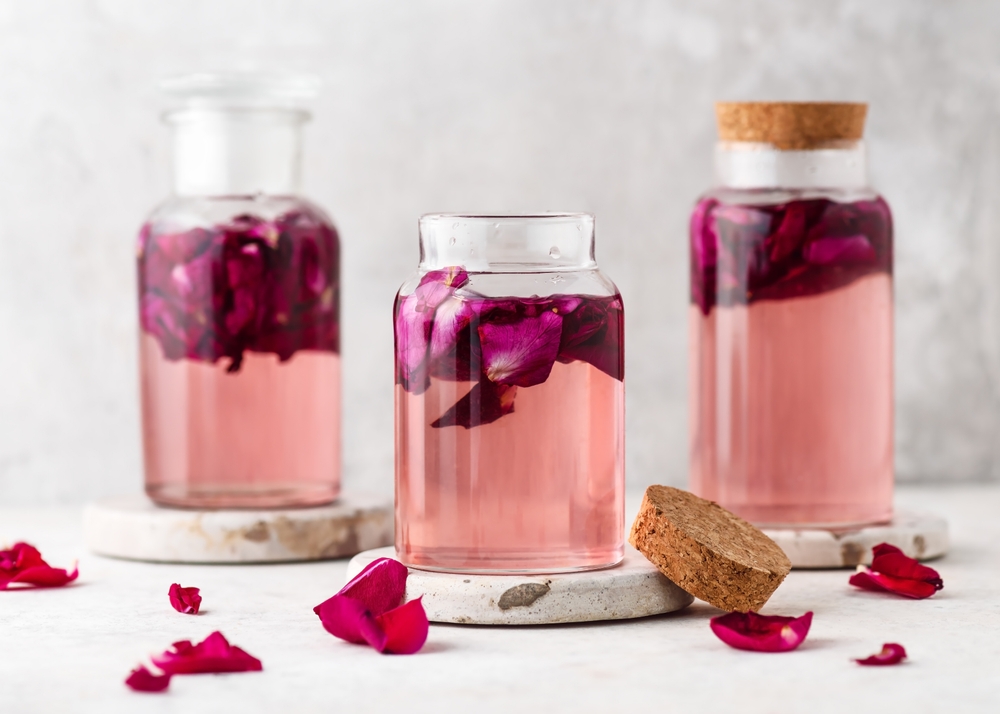
In ancient Persia, rose water was a beloved beauty tonic used to hydrate and refresh the skin. Rose water’s calming and anti-inflammatory properties made it a staple in Persian beauty rituals. Today, rose water is a popular ingredient in toners, mists, and serums, appreciated for its gentle scent and ability to soothe irritated skin.
Aztec Clay Masks
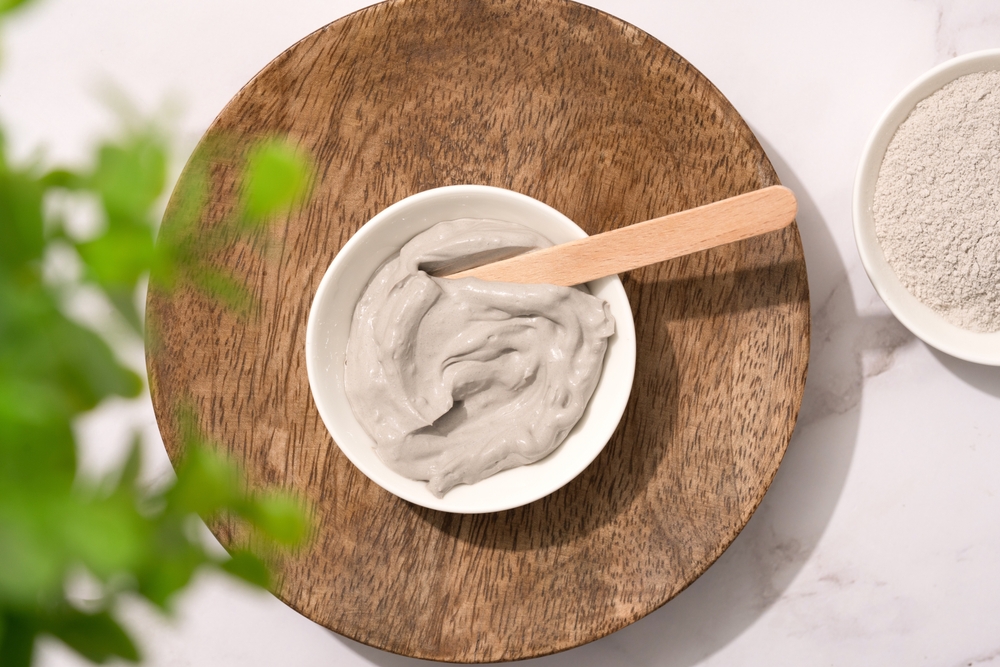
The Aztecs, who thrived from the 14th to the 16th centuries, used clay masks to purify and heal the skin. Bentonite clay, in particular, was prized for its ability to draw out impurities and absorb excess oil. This ancient beauty ritual is still popular today, with clay masks being a go-to for deep cleansing and detoxifying the skin.
Roman Sugar Scrubs
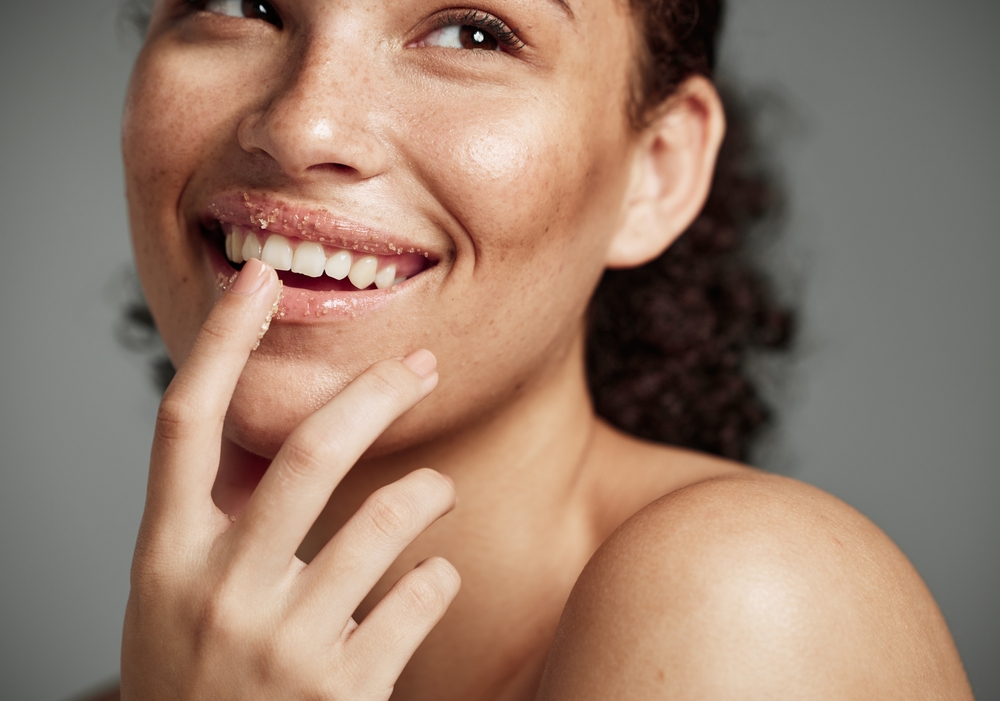
In Ancient Rome, women used sugar as a natural exfoliant to keep their skin smooth and soft. Sugar scrubs were often combined with oils to create a gentle yet effective way to remove dead skin cells and promote a healthy glow. This simple, natural exfoliation method is still popular today, with sugar scrubs being a common feature in many people’s skincare routines. Sugar’s natural glycolic acid helps to break down dead skin cells, making it an accessible and effective choice for modern exfoliation.
This article originally appeared on UnifyCosmos.
More from UnifyCosmos
20 Surprising Insights Into the Making of the Statue of Liberty

Dive into these surprising insights that reveal the true marvel behind Lady Liberty. Read more!
21 Warning Signs Your Boss Is a Micromanager

Recognizing the signs early can help you address the issue before it affects your work. Read more!
20 Breathtaking U.S. Drives Every Motorcycle Enthusiast Should Try

Whether you’re seeking adventure, tranquility, or a bit of both, these top scenic drives are perfect for anyone looking to hit the road and embrace the beauty of America on two wheels. Read more!
Leave a Reply